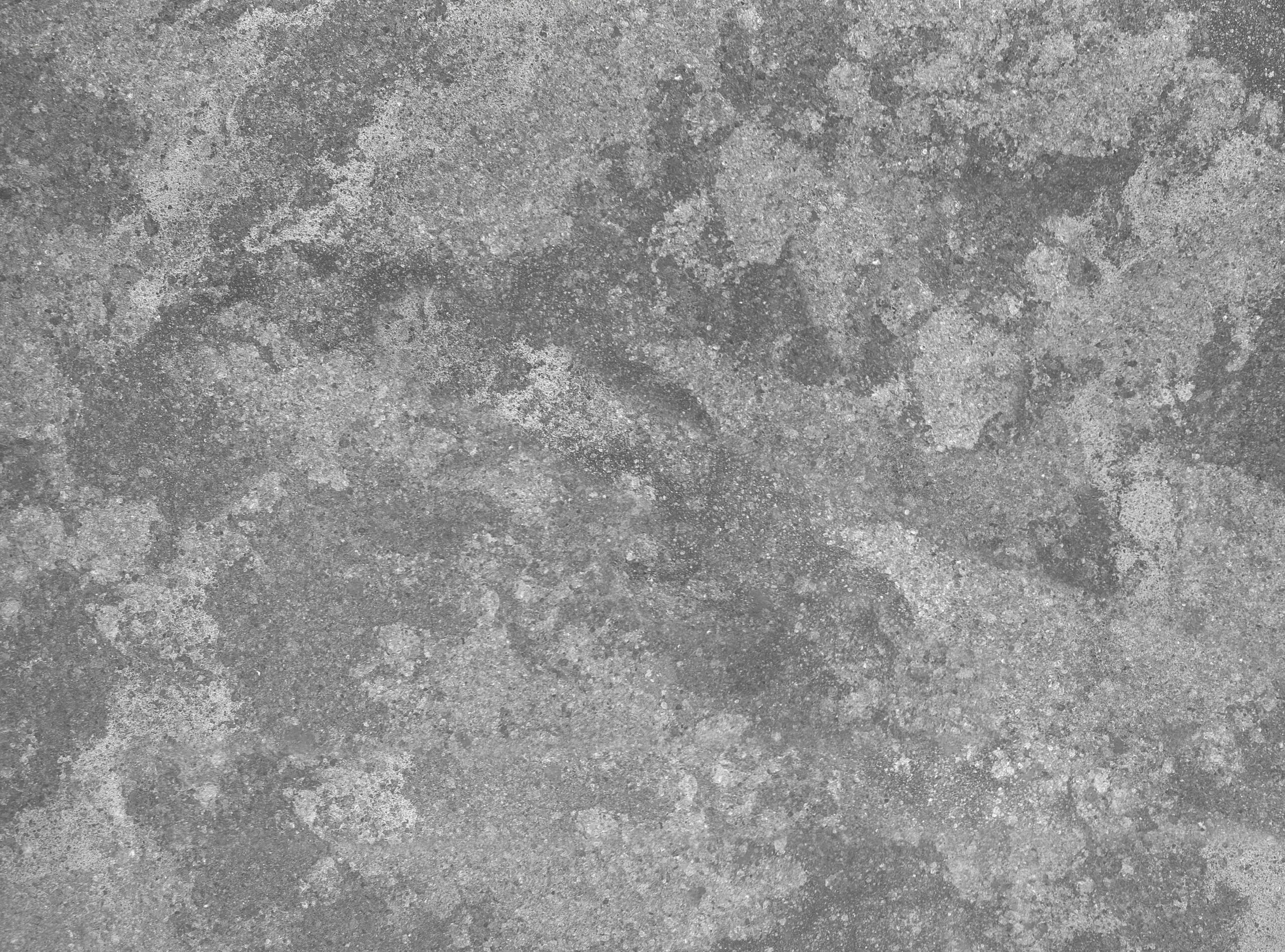Once relegated to warehouses and commercial spaces, polished concrete floors residential installations have surged in popularity as homeowners embrace the industrial-modern aesthetic in their living spaces. This versatile flooring option offers a perfect balance of durability, elegance, and practicality that complements various interior design styles from minimalist to contemporary. In this article, we’ll explore the numerous benefits of polished concrete, what makes it an excellent choice for modern homes, the process involved in creating these sleek surfaces, and important considerations including maintenance requirements and cost factors.
The Rise of Industrial Chic in Home Design
The industrial aesthetic has transcended its origins in converted lofts and urban spaces to become a mainstream design choice for homeowners seeking a distinctive look. Modern industrial flooring options like polished concrete perfectly capture this aesthetic while providing practical benefits that other flooring materials cannot match. The smooth, reflective surface of polished concrete creates a sophisticated backdrop that works harmoniously with various design elements, from rustic wood to sleek metal furnishings. This versatility explains why polished concrete floors have moved beyond commercial applications to become a sought-after option in residential settings where homeowners desire unique, personalized spaces.
Understanding the Benefits of Polished Concrete
The numerous benefits of polished concrete have fueled its growing popularity in residential applications. Foremost among these advantages is exceptional durability. Unlike many traditional flooring options that wear down over time, properly installed and maintained polished concrete can last for decades, even in high-traffic areas. The densified surface resists impacts, abrasions, and staining that would damage other flooring materials. Additionally, the reflective quality of polished concrete enhances natural light, potentially reducing lighting costs and creating a more spacious feel in interior spaces.
Environmental consciousness drives many homeowners toward polished concrete as well. In most cases, the process utilizes the existing concrete slab, eliminating the need for additional materials and reducing waste. This sustainable approach appeals to eco-minded homeowners looking to minimize their environmental footprint while creating beautiful living spaces. The thermal mass properties of concrete also contribute to energy efficiency, helping to regulate indoor temperatures by absorbing and gradually releasing heat.
The Polishing Process Explained
Transforming ordinary concrete into a gleaming, smooth surface requires specialized equipment and expertise. The process typically begins with an assessment of the existing concrete to determine its condition and suitability for polishing. Next, contractors use progressively finer diamond-grit tools to grind the surface to the desired level of smoothness and shine. Chemical hardeners are often applied during this process to densify the concrete and enhance its durability. Finally, the surface is polished to achieve the specified finish, which can range from a satin matte to a high-gloss mirror-like appearance.
Finding experienced concrete polishing specialists is crucial for successful results. Professionals listed on AskHomey can evaluate your space, recommend the appropriate finish level, and execute the polishing process with precision. Their expertise ensures that your investment in polished concrete floors will deliver both aesthetic appeal and lasting performance.
Maintenance and Practicality Considerations
One of the most compelling reasons homeowners choose polished concrete is the promise of low maintenance concrete floors that don’t require extensive upkeep. Daily care typically involves simple dust mopping and occasional damp mopping with a neutral pH cleaner. Unlike carpet, polished concrete doesn’t harbor allergens, making it an excellent choice for those with respiratory sensitivities. The non-porous surface also resists stains and spills when properly sealed, further reducing maintenance concerns.
Practicality extends beyond maintenance to the floor’s performance characteristics. Polished concrete provides a slip-resistant surface when properly finished, addressing safety concerns that might arise with some smooth flooring materials. The seamless nature of these floors eliminates grout lines where dirt can accumulate, contributing to both cleanliness and visual appeal.
Cost Considerations and Value Proposition
The cost to polish concrete varies considerably depending on factors such as the condition of the existing slab, the desired finish level, the complexity of the space, and regional labor rates. Generally, homeowners can expect to invest between $3 and $12 per square foot for professionally polished concrete. While this may exceed the initial cost of some flooring alternatives, the long-term value proposition becomes apparent when considering the exceptional lifespan and minimal maintenance requirements of polished concrete.
When evaluating this investment, consider that polished concrete typically outlasts most conventional flooring options, potentially eliminating multiple replacement cycles over the life of your home. This longevity, combined with minimal ongoing maintenance costs, often results in lower lifetime expenses compared to seemingly less expensive alternatives that require periodic replacement or restoration.
Integrating Polished Concrete with Various Design Styles
The versatility of polished concrete allows it to complement numerous interior design approaches. In minimalist spaces, the clean, unbroken surface creates a perfect foundation for architectural elements and carefully selected furnishings. For eclectic interiors, polished concrete provides a neutral backdrop that allows diverse decorative elements to shine. Even in more traditional settings, polished concrete can create interesting contrasts when paired with classic furnishings and warm textiles.
Color options extend beyond the natural gray of concrete through integral coloring, staining, or dyeing processes. These techniques can produce hues ranging from subtle earth tones to bold, vibrant colors, allowing for customization that aligns with your specific design vision.
For more tips and to connect with reliable home service professionals, follow AskHomey on Facebook and Instagram.



